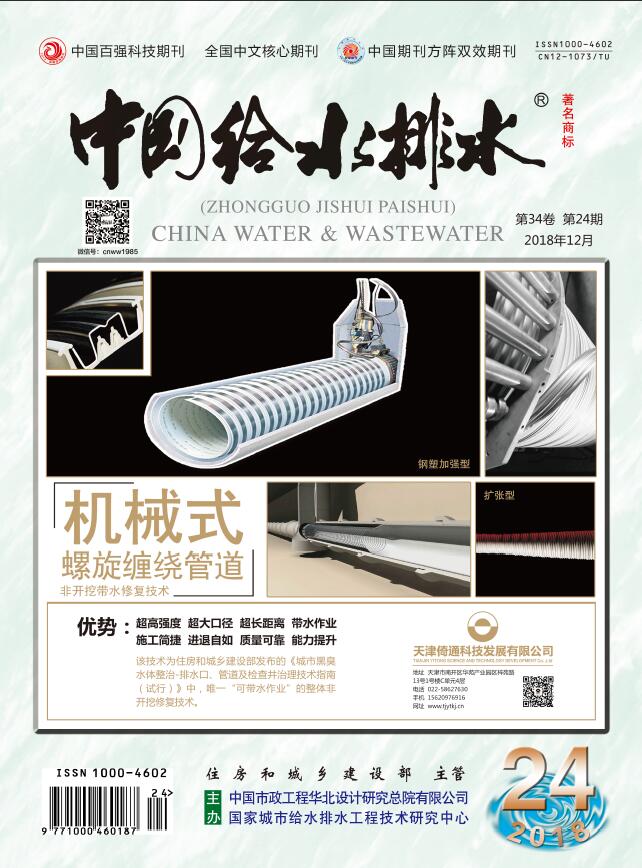ZHANGYu,LüWei,HEJun-guo,et al.Formation Characteristics and Treatment Efficiency of Aerobic Granular Sludge under Flat and Folded Plate Flow Conditions[J].China Water & Wastewater,2025,41(11):31-40.
Formation Characteristics and Treatment Efficiency of Aerobic Granular Sludge under Flat and Folded Plate Flow Conditions
China Water & Wastewater[ISSN:1000-4062/CN:12-1073/TU]
volume:
第41卷
Number:
第11期
Page:
31-40
Column:
Date of publication:
2025-06-01
- Keywords:
- aerobic granular sludge; computational fluid dynamics(CFD); flow condition; turbulent parameter; particle size; particle settling velocity
- Abstract:
- Aerobic granular sludge (AGS) has become a hot topic in wastewater treatment research and applications due to its unique layered structure and settling characteristics. However, it faces challenges such as slow granulation rate and easy disintegration. This paper investigated the formation and treatment efficiency of AGS under flat and folded plate flow conditions. Computational fluid dynamics (CFD) smulations were conducted to analyze the flow patterns within the reactors, and various parameters such as sludge concentration, sludge settling ratio, particle size, settling velocity, Zeta potential, sludge contact angle, thermodynamics, and microbial community structure were used to evaluate the impact of flow patterns on AGS formation.The results showed that the introduction of flat and folded plates significantly influenced the internal turbulent parameters of the reactor, with the average turbulent parameters following the trend: different-wave group > same-wave group > flat plate group > blank group. As the average liquid velocity, turbulent kinetic energy, and turbulent dissipation rate within the reactor increased, and the Kolmogorov microscale decreased, the negative charge on the sludge surface significantly decreased, and the hydrophobicity of the sludge surface increased, which promoted aggregation between microbial cells. After 30 days of operation, the different-wave group formed a mature and stable AGS, with the average particle size reaching 835.7 μm on the 80th day, a settling velocity of 58.82 m/h, COD removal efficiency of 98.30%, TN removal efficiency of 80.36%, and TP removal efficiency of 67.34%. The particle size increased by 54.02%, and the settling velocity improved by 56.35% compared to the flat plate group, with a significant increase in the abundance of functional microorganisms. The turbulent dissipation rate and Kolmogorov microscale showed a strong correlation with the physicochemical properties of AGS. The increase in turbulent dissipation rate and decrease in Kolmogorov microscale enhanced the collision opportunities and frequency between microbial cells, thereby promoting AGS formation.
Last Update:
2025-06-01

